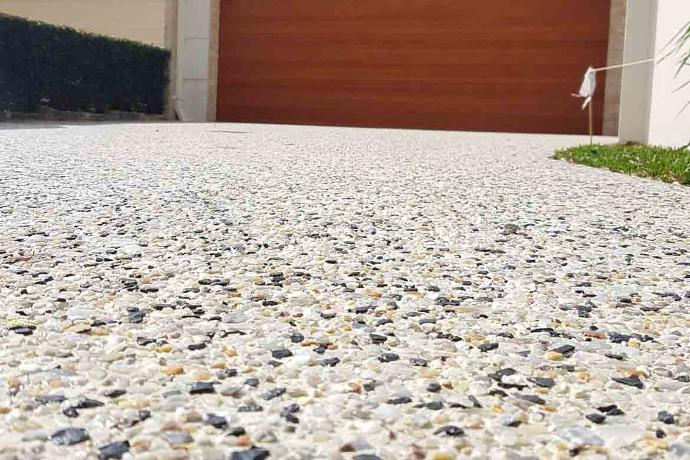Selecting surface retarders.
Choosing the correct concrete surface retarder depends on several factors, including the desired depth of etch, the type of concrete mix, the environmental conditions, and the application method. Here’s a guide to help you make the right choice:
1. Determine the Desired Depth of Etch
Light Etch (0.5 to 1 mm): Use a mild retarder suitable for exposing fine aggregates. Ideal for decorative finishes.
Medium Etch (1 to 3 mm): Choose a medium-strength retarder for exposing small to medium-sized aggregates.
Deep Etch (3 to 6 mm): Opt for a strong retarder to expose larger aggregates, typically for heavy-duty applications.
2. Consider the Concrete Mix
Cement Content: Higher cement content may require a stronger retarder to achieve the desired etch depth.
Aggregate Type: Different aggregate sizes and types may affect the performance of the retarder.
Admixtures: The presence of admixtures like water reducers or accelerators can influence the effectiveness of the retarder.
3. Environmental Conditions
Temperature: In hot weather, retarders may act more quickly, so you may need a retarder with a longer open time.
Humidity: High humidity can extend the retarder’s open time, while low humidity may shorten it.
Wind: Wind can cause premature drying, so choose a retarder that allows for the expected drying conditions.
4. Application Method
Topical Application: Surface retarders applied directly to the concrete surface are available in liquid or gel form. Choose one that is easy to apply evenly.
Form Liner Application: Some retarders are designed to be applied to form liners for precast or poured-in-place concrete.
5. Removal Method
Pressure Washing: For mild to medium etches, pressure washing is often sufficient.
Brushing: In some cases, brushing may be needed after the retarder has done its job.
6. Manufacturer Recommendations
Always consult the manufacturer’s data sheets and recommendations for the specific product you are considering. They will provide guidelines on application rates, timing, and compatible concrete mixes.
7. Test Application
Before applying the retarder to the entire surface, conduct a test application on a small section to ensure that it produces the desired finish.
8. Environmental and Safety Considerations
Ensure that the chosen retarder complies with environmental regulations and is safe to use, especially in enclosed or sensitive areas.
Selecting the right concrete surface retarder involves balancing these factors to achieve the specific surface finish and performance requirements of your project.
